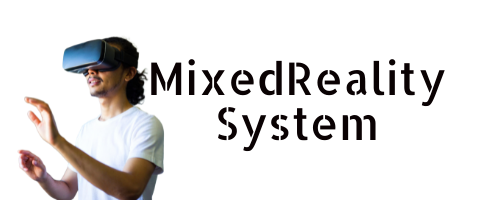At a Glance
- AR suits provide real-time feedback through glowing indicators and vibration to correct dangerous movements during competitive play.
- Athletes using these futuristic suits report faster recovery times and significant reductions in training injuries.
- Holographic displays assist players with tactical plays and team positioning during live competitive situations.
- Smart fabric sensors track precise body movements to create data-rich training environments for performance optimization.
- These suits combine AI, augmented reality, and dynamic visualization to transform traditional training approaches in competitive sports.
While professional athletes have always pushed the boundaries of human performance, the latest revolution in sports training doesn’t involve heavier weights or stricter diets—it’s about putting on a high-tech suit that transforms how athletes see their own bodies.
These futuristic getups, which look like something straight out of a sci-fi movie, are changing how elite competitors train, recover, and perform.
Imagine shooting hoops while a transparent overlay shows you exactly how your arm should bend for the perfect three-pointer, or running track as virtual gridlines appear on the field showing your ideal path. That’s the reality these AR suits deliver. They project real-time stats like speed and distance directly into athletes’ field of view, making every practice session a data-rich experience.
AR technology transforms every practice into a living lab where athletes can see, measure, and perfect their movements in real time.
The suits don’t just look cool—they’re packed with smart fabric sensors that track everything happening in an athlete’s body. When a basketball player lands from a jump with dangerous knee alignment, the suit highlights the area in glowing red, potentially saving them from serious injury.
During rehabilitation, these same systems guide safe movement ranges, turning recovery into a precisely measured process. Athletes recovering from injuries can regain confidence through virtual rehab simulations that provide controlled environments for gradual progression.
“It’s like having a world-class coach watching your every move,” one athlete commented, “except this coach lives in your clothing.” The vibration feedback feature gives subtle nudges when form starts slipping, without athletes having to look at screens or listen to instructions.
The tactical advantages are equally impressive. Football players can see holographic displays of assigned plays, helping teams stay perfectly aligned.
Pitchers can practice with simulated crowd noise and pressure situations, building mental toughness before ever stepping onto the mound.
These innovations represent part of a broader digital transformation in sports performance analysis that combines artificial intelligence, augmented reality, and dynamic visualization techniques.
While traditionalists might scoff at these high-tech training methods, the results are hard to argue with. Athletes using AR suits are reporting faster recovery times, fewer injuries, and performance improvements that were previously unimaginable.
The future of sports isn’t just about who works hardest—it’s about who trains smartest.
References
- https://rootsensetech.com/blogs/news/revolutionizing-sports-training-with-vr-and-ar-what-the-future-holds
- https://www.mdpi.com/2076-3417/13/23/12965
- https://tryon.kivisense.com/blog/ar-in-sports/
- https://www.isst.co.in/2024/10/18/the-future-of-sports-virtual-reality-augmented-reality-and-beyond/
- https://inc42.com/resources/tweaked-future-of-sports-virtual-reality-and-augmented-reality-in-training/



Leave a Reply